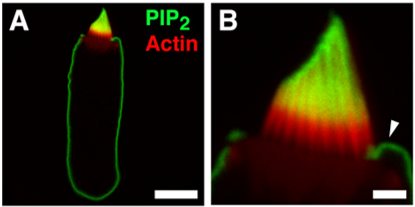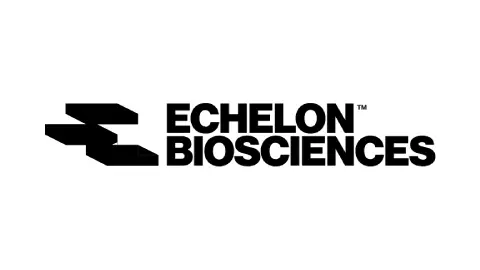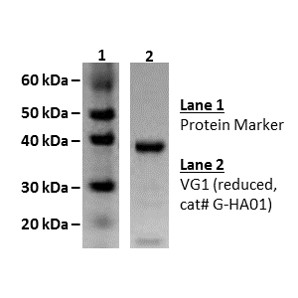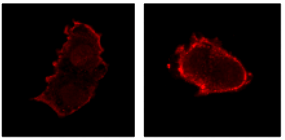Mouse Anti-PtdIns(4,5)P2 Antibody is an antibody in ascites fluid that targets PtdIns(4,5)P2.
Subclass: IgM
Source: Mouse
Applications: ELISA, Immunofluorescence, TLC overlay, Protein-Lipid Overlay (PIP Strip)
The Mouse Anti-PtdIns(4,5)P2 Antibody (ascites) reacts primarily with the head group of the PI(4,5)P2 phosphoinositide (of synthetic or natural origin) and demonstrates low cross-reactivity with other phosphoinositides or phospholipids depending on the assay format.
This antibody clone is also available as purified, Fluorescein conjugated, and TMR conjugated.
Phosphoinositides (PIPns) are minor components of cellular membranes but are integral signaling molecules for cellular communication. Phosphatidylinositol 4,5-bisphosphate (PIP2) has been shown to play a central role in a variety of cellular functions. Amongst its many functions, PIP2 is a substrate for Phospholipase C-coupled G-protein pathways involved in intracellular calcium release in a number of tissues. It is also a substrate for class I phosphoinositide 3-kinase (PI3-K) forming PIP3.
Product keywords: PIP2, PI(4,5)P2, PtdIns(4,5)P2, IgM, anti-PIP2




